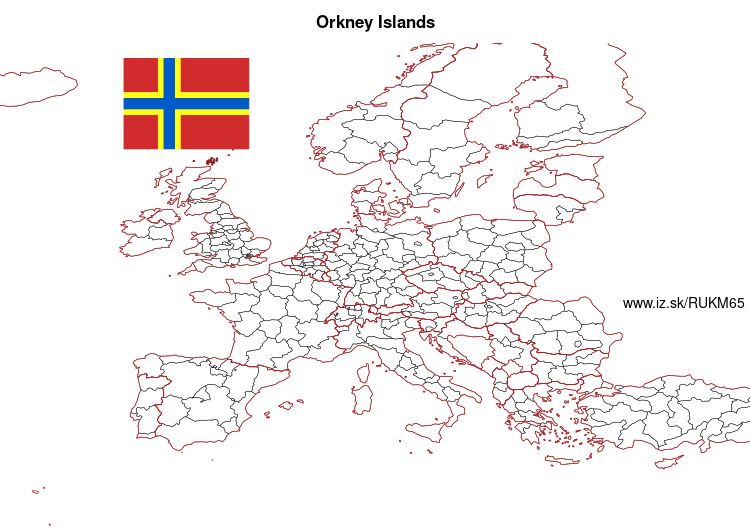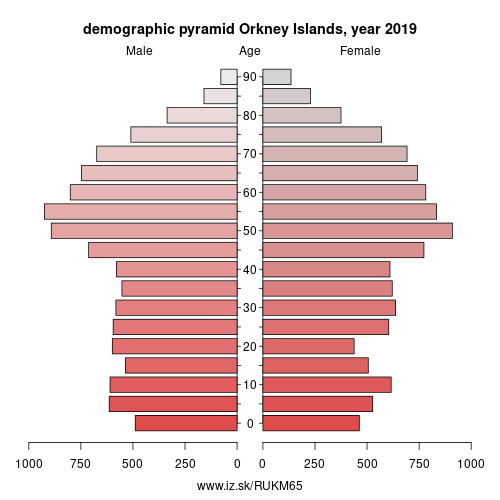- About us»
- Net income calculator»
- Population aging»
-
- Least developed regions»
-
- Average wage
- Material need benefits
- Meal allowance
- Counties of Slovakia
- Inflation
- Living and Subsistence Minimum
- Unemployment of Czechia and Slovakia
- NACE Classification
-
- Life expectancy
- Gender differences
- Youth unemployment and NEET
- Minimum wage in EU
- Unemployment rates of different age groups
- Share of salaries on GDP
- Employment rate
- NEET
- Long term unemployment
- Percentage of employees ususally working at nights
- Unemployment rate
-
- Bratislava and surroundings
- Kopanice
- Danube river
- lower Vah river
- middle Vár river
- upper Nitra river
- lower Nitra river
- Mining cities
- Kysuce a Orava
- upper Vah river - Liptov
- Spiš cities
- upper Hron river
- Juhoslovenská kotlina
- Košice fold and Torysa river
- upper Zemplín
- lower Zemplín
- EU regions
- NUTS3 regions of Slovakia
- LAU1 dataset
-
- Projects and activities
- Inclusive growth»
- Good work
- Project SKRS
- Social system – reality and vision
-
- Education of unemployed
- Young unemployed not taking part in education
- Proposal to change the system of education funding
- Library
- News»
- Contact
Orkney Islands – UKM65
EU regions: United Kingdom > Scotland > Highlands and Islands > Orkney Islands

| Indicator | Period | Value |
|---|
More on wikipedia wikidata Q100166 on OpenStreetMap Orkney Islands slovensky: UKM65
Demographics
| Indicator | Period | Value |
|---|---|---|
| Demographics | ||
| number of inhabitants | 2019 | 22 055 |
| population density | 2018 | 22.2 |
| old-age dependency ratio | 2019 | 38.9 |

Orkney (Old Norse: Orkneyjar), also known as the Orkney Islands, is an archipelago in the Northern Isles of Scotland, situated off the north coast of the island of Great Britain. Orkney is 10 miles (16 km) north of the coast of Caithness and has about 70 islands, of which 20 are inhabited. The largest island, Mainland, is often referred to as „the Mainland“, and has an area of 523 square kilometres (202 sq mi), making it the sixth-largest Scottish island and the tenth-largest island in the British Isles. The largest settlement and administrative centre is Kirkwall.
Orkney is one of the 32 council areas of Scotland, a constituency of the Scottish Parliament, a lieutenancy area, and a historic county. The local council is Orkney Islands Council, one of only three Councils in Scotland with a majority of elected members who are independents.
A form of the name dates to the pre-Roman era. The islands have been inhabited for at least 8,500 years, originally occupied by Mesolithic and Neolithic tribes and then by the Picts. Orkney was colonised and later annexed by Norway in 875 and settled by the Norse. The Scottish Parliament then annexed the earldom to the Scottish Crown in 1472, following the failed payment of a dowry for James III's bride Margaret of Denmark.
In addition to the Mainland, most of the remaining islands are in two groups, the North and South Isles, all of which have an underlying geological base of Old Red Sandstone. The climate is mild and the soils are extremely fertile, most of the land being farmed. Agriculture is the most important sector of the economy.
Other: Highlands and Islands, Shetland Islands, Caithness & Sutherland and Ross & Cromarty, Orkney Islands, Inverness & Nairn and Moray, Badenoch & Strathspey, Lochaber, Skye & Lochalsh, Arran & Cumbrae and Argyll & Bute, Outer Hebrides
Suggested citation: Michal Páleník: Europe and its regions in numbers - Orkney Islands – UKM65, IZ Bratislava, retrieved from: https://www.iz.sk/PUKM65, ISBN: 978-80-970204-9-1, DOI:10.5281/zenodo.10200164

 Share
Share Facebook
Facebook Twitter
Twitter News
News